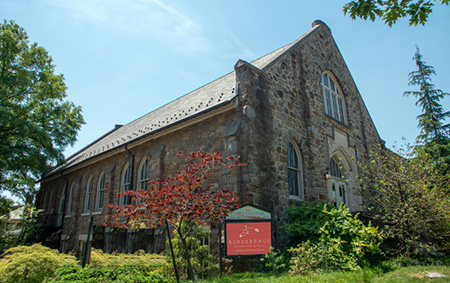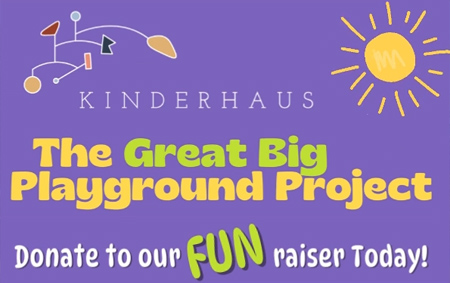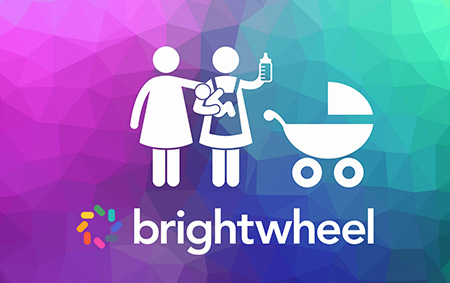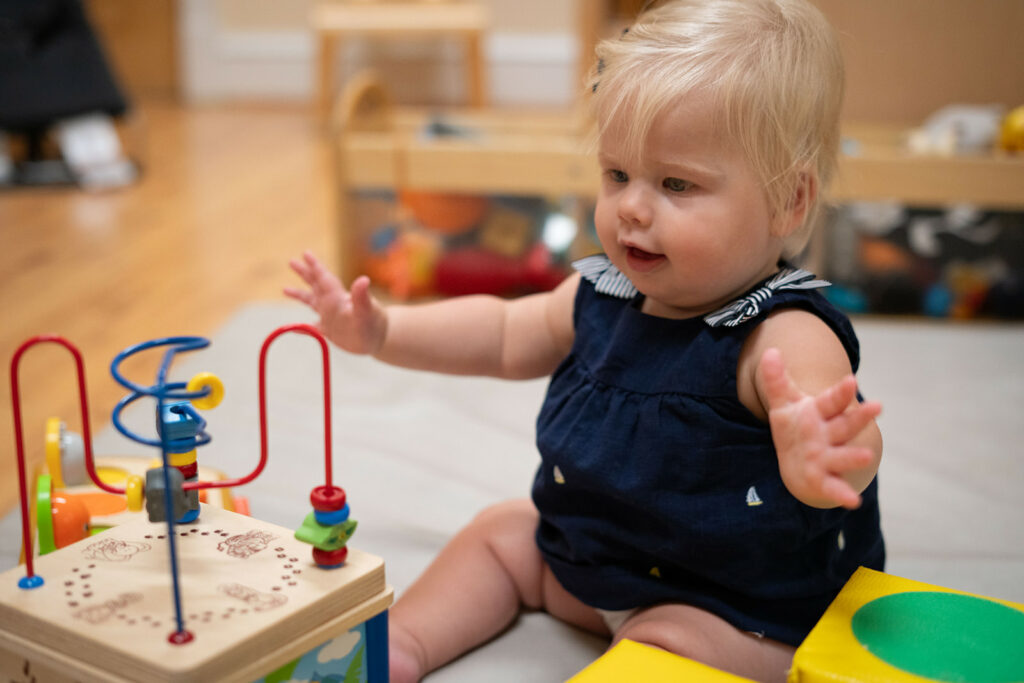
Our curriculum implements D.C. Early Learning Standards and is combined with the Teaching Strategies Creative Curriculum and has been curated for use by the entire facility.
At Kinderhaus we believe the child is the curriculum! Our teaching philosophy strives to meet each child’s needs through a child centered approach. We encourage each child to engage in areas of individual interest in conjunction with a teacher led scaffolding learning model approach throughout the day.
Click here to learn all about the Creative Curriculum
Sample Lesson Plans

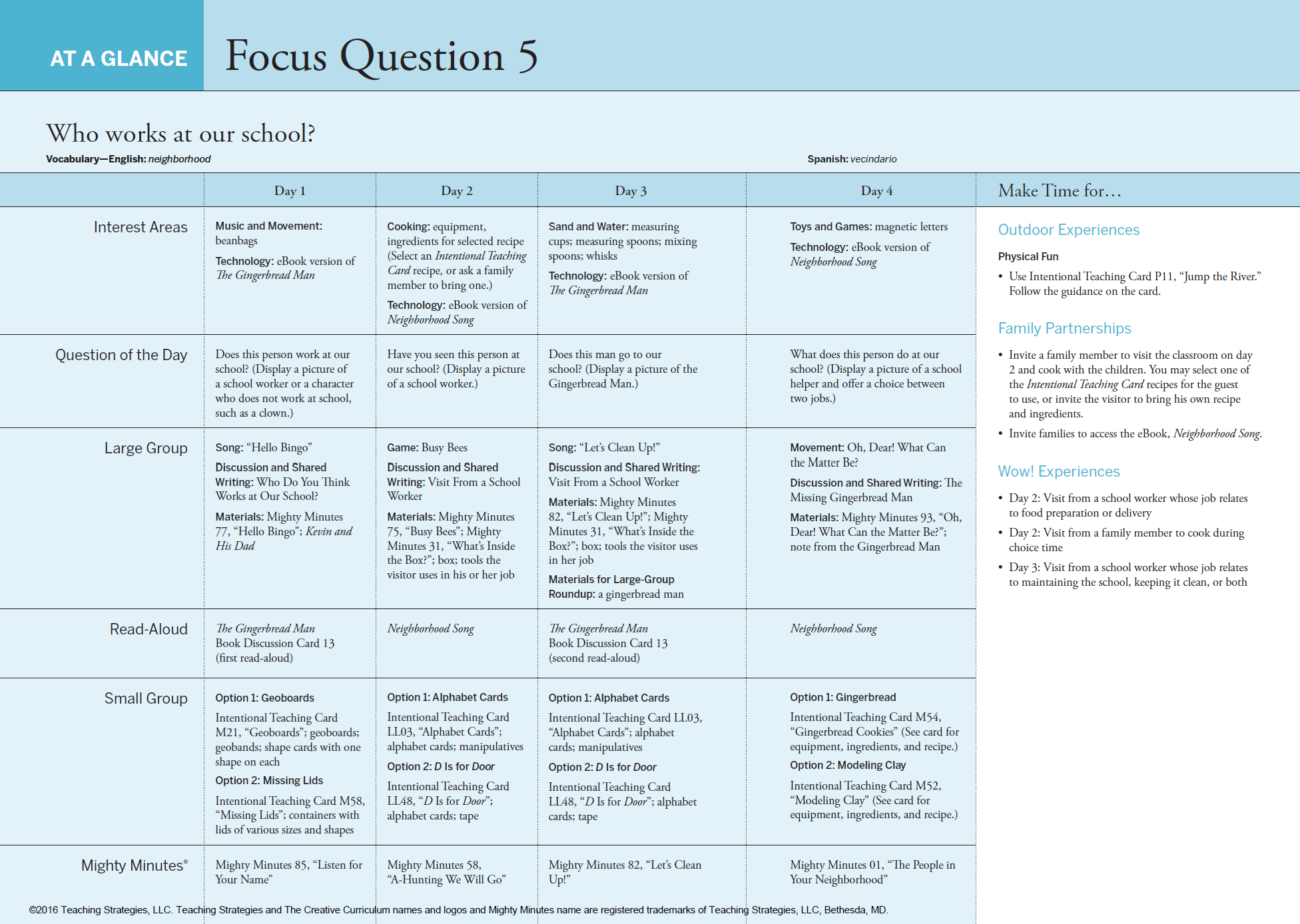
Meals
KinderHaus provides snacks and meals (including options for allergies and dietary restrictions) for children over age 1 from Good Food Company, a family-owned business in Arlington, Virginia, which sources from local farmers. It meets USDA Child & Adult Food Program Guidelines.
All children 1 year and older will receive a breakfast, lunch and an afternoon snack daily, which are included in your monthly tuition.
Lunch Menus
Breakfast & Snack Menus
Music Enrichment
Kofi will come in for weekly music enrichment with each age group starting in September so please come and experience our new music class! Drummer Kofi Dennis will bring the vibrant life of a West African village to KinderHaus though music, storytelling, and dance.
